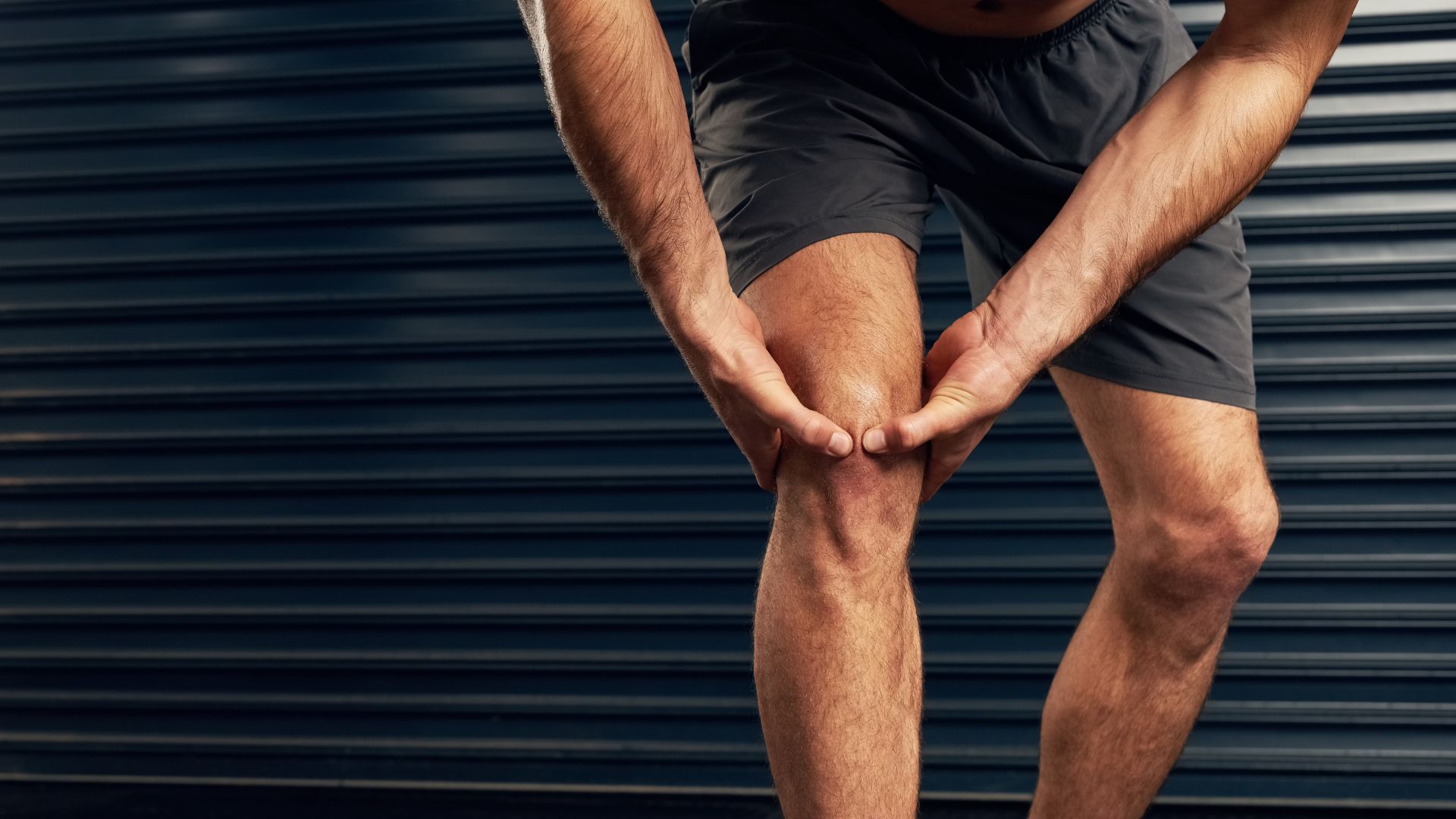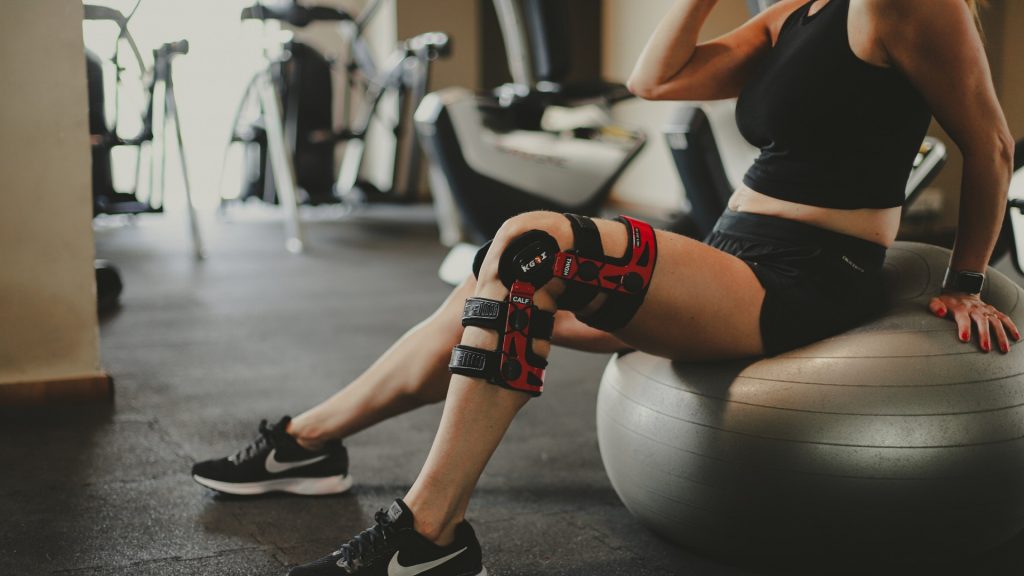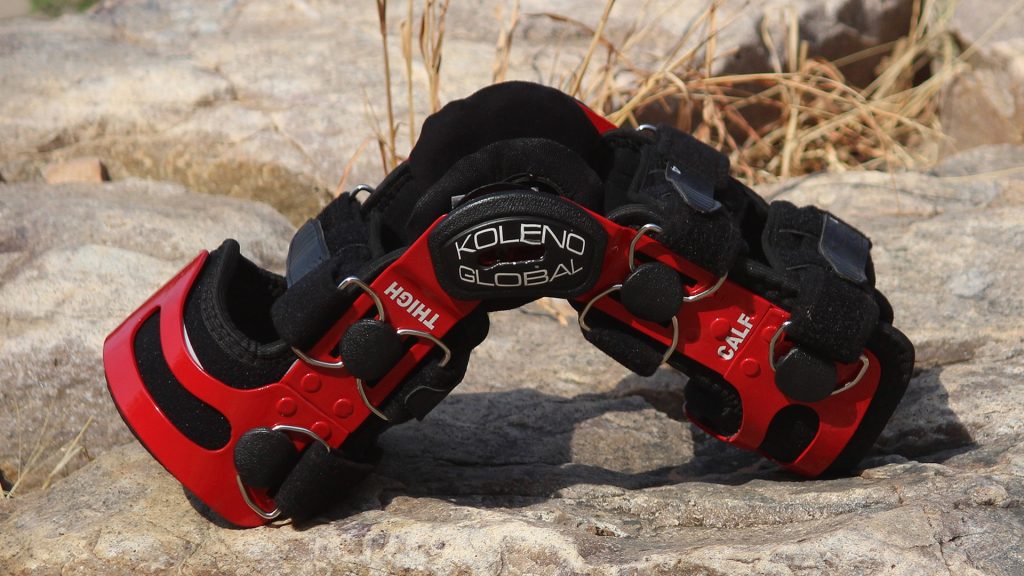SecHealing an ACL tear without opting for surgery can indeed feel like a marathon rather than a sprint. True, the road to recovery stretches out over several months, but arming yourself with the right knowledge and strategies makes all the difference.
Our guide is here to illuminate that path back to your feet, detailing just how much time you might need. This journey involves much more than simply biding time; it demands active engagement in physical therapy sessions and occasionally incorporating knee braces into your routine.
Having navigated this terrain ourselves, we bring years of firsthand experience in rehabilitating ACL injuries to the table. Our insights are not merely academic; they’re forged from real-world experiences—both our own and those of numerous others whom we’ve guided back to health without surgical intervention.
As you continue reading, you’ll discover how to approach your own ACL recovery process with confidence, whether dealing with a Grade 1 sprain or a more severe Grade 3 tear.
Understanding ACL Tears
ACL tears can happen during sports or everyday activities. They often cause pain, swelling, and trouble moving the knee.
Causes and symptoms
An ACL injury can happen suddenly during sports. It may occur when we twist our knee, land awkwardly, or change direction quickly. These movements can stretch or tear the anterior cruciate ligament (ACL).
Symptoms often include a popping sound, swelling, and pain. We might also feel a sense of instability in our knee.
Different grades of ACL tears have varying symptoms. One Grade 1 tear is mild and might cause some discomfort. Second Grade 2 tear is more serious, leading to joint looseness. Grade 3 tear is the worst and usually means the ligament is completely ruptured.
Recovery from a torn ACL may take six to nine months, depending on the severity and treatment plan.
Types of ACL tears
We should look at the different types of ACL tears. There are three grades of tears. Each grade shows how severe the injury is.
A Grade 1 tear is mild. The ligament is stretched but not torn. It usually heals well with rest and physical therapy. Recovery time can take about six months.
A Grade 2 tear is moderate. This type is a partial tear. The ligament is damaged but still attached. Recovery for this grade might take about six to nine months.
A Grade 3 tear is severe. The ligament is completely torn. This injury often needs more help to heal. Without surgery, it may take longer to recover. We should be careful because a Grade 3 tear can lead to knee problems.
It can take up to a year to regain full strength and function.
Treatment Options for ACL Tears
We have several options for treating ACL tears without surgery. A non-surgical approach often includes physical therapy, braces, and exercises to help heal the injury.
Non-surgical approach
A non-surgical approach to an ACL tear focuses on rehabilitation and recovery. This method can take about six to nine months. We aim to improve strength and functionality through physical therapy.
We also use braces and supports to help with knee stability.
During recovery, it is important to balance rest with movement. Signs of healing may appear as early as three months after the injury. Following a treatment plan helps us stay on track.
Different grades of ACL tears can affect recovery time. For Grade 3 tears, we may need longer to heal without surgery.
Physical therapy
Physical therapy plays a crucial role in ACL tear recovery. We focus on restoring strength and motion in the knee. We gain better control and stability through tailored exercises. These help us regain muscle strength and improve balance.
During therapy, we may start with gentle stretches. We can progress to stronger exercises as we heal. It often takes about six to nine months to recover from an ACL tear without surgery.
Signs of healing can show as early as three months. Keeping up with physical therapy is key for a successful recovery.
Braces and supports
Braces and supports play a key role in ACL tear recovery. They help stabilize the knee and reduce the risk of further injury. We can use them to assist healing during the rehabilitation process.
Nonoperative ACL tear management may include these devices.
Using a brace can help with our range of motion while protecting the knee. This support is especially important in the early stages of recovery. We may wear braces during physical therapy to give our knees extra strength.
Most patients see improvements in their condition within six to nine months, depending on the severity of their tear. Using braces and supports can make a difference in getting back to our activities safely.
Factors That Affect ACL Tear Recovery Time
Several things can affect how long it takes to heal from an ACL tear. The severity of the injury, age, and overall fitness level all play a big part in recovery time.
Severity of the tear
The severity of the ACL tear affects recovery time. There are three grades of ACL tears. A Grade 1 tear is mild. It may heal in about six months. A Grade 2 tear is more serious. This type can take longer to heal.
A Grade 3 tear is the worst. It may need up to nine months or more to recover without surgery.
Most patients can return to full sports participation in six to twelve months. This depends on their progress and strength. Some signs of healing may start as early as three months after the injury.
Each person’s recovery may vary based on their overall health and fitness.
Age
Age plays an important role in recovery from an ACL tear. Younger individuals often heal faster than older people. For instance, we find that younger athletes usually take six to nine months to recover.
Older adults might need more time. These differences arise because younger bodies are often more resilient.
We have seen that age affects strength and healing. Younger people typically have better physical health. This can lead to quicker recovery times. It is also true that older adults may face more challenges.
They might have existing health issues that slow healing. Age is just one factor that shapes the recovery timeline for ACL injuries.
Overall health and fitness
The way we care for our overall health and fitness impacts our ACL tear recovery. Our body’s strength and fitness level can affect how quickly we heal. A healthy body can recover faster.
If we are active and fit, we may find it easier to handle rehabilitation.
Recovery from an ACL tear without surgery usually takes six to nine months. Those who stick with a good fitness routine work better with their rehabilitation. They may notice signs of healing as early as three months after injury.
Staying fit helps us regain strength and function after an ACL injury. It’s crucial to focus on our health during this process.
Compliance with treatment plan
Following our treatment plan is crucial for recovery from an ACL tear. Sticking to this plan helps us heal faster and return to our activities. If we listen to our doctor’s advice, we can see signs of healing as early as three months after the injury.
It takes about six to nine months to get back to normal after an ACL tear without surgery.
Physical therapy is a big part of this plan. We need to attend our sessions regularly. We also have to do our exercises at home to build strength. Each day of committed effort helps us reach our goals sooner.
Our recovery time depends on how well we follow these guidelines.
ACL Tear Recovery Timeline Without Surgery
The recovery timeline for an ACL tear without surgery varies from person to person. We can expect three main phases: early recovery, mid-recovery, and final stages of healing.
Early recovery
Early recovery from an ACL tear focuses on rest and healing. We often notice some signs of healing within three months after the injury. This period is crucial for the body to begin mending the torn ligament.
During the first few weeks, we should avoid activities that put stress on the knee. Staying active is still important, but we need to choose gentle movements.
For non-surgical recovery, the timeline usually spans six to nine months. We can expect to regain strength and flexibility over this time. Following a treatment plan is vital during the early stages.
Physical therapy helps us strengthen the knee and improve stability. Moving on to the next phase of recovery requires patience and commitment.
Mid-recovery
During mid-recovery, we begin to see real progress. This phase usually starts around three to six months after the ACL tear. At this point, we may notice signs of healing. Some signs of recovery have shown up as early as three months.
Our strength starts to improve along with our ability to move better.
Physical therapy becomes crucial during this time. We focus on strengthening exercises. These exercises help build muscle around the knee. Using braces and supports can also add stability.
Overall, this stage can take about six to nine months, depending on the severity of the tear. We must stay committed to our recovery plan. Healing an ACL injury without surgery takes time and effort.
Final stages of recovery
In the final stages of recovery from an ACL tear, we focus on regaining strength and function. It takes about six to nine months to recover fully. Some signs of healing can show as early as three months after the injury.
We work on exercises that improve our balance and stability. These exercises help prepare us for sports and daily activities.
At this point, we may start to return to physical activities. Full sports participation often happens within six to twelve months, depending on our progress. We must be cautious and listen to our bodies during this time.
Continuing physical therapy is key as we move forward in the recovery timeline for ACL tear.
Tips for a Successful ACL Tear Recovery Without Surgery
To recover well from an ACL tear without surgery, we should follow our doctor’s advice closely. Staying active in physical therapy and making good food choices will help us heal faster and feel stronger.
Follow doctor’s recommendations
Following our doctor’s recommendations is key for a good recovery from an ACL tear. We must stick to the treatment plan. This plan often includes physical therapy and rest. Resting helps to heal the ACL injury without surgery.
We need to balance rest with safe movement to regain strength.
If we follow the doctor’s advice, we can improve our chances of healing. Evidence shows that recovery from an ACL tear without surgery usually takes six to nine months. For some, signs of healing may appear as early as three months after the injury.
Staying committed to our treatment can make a big difference in our recovery timeline.
Rest and modify activities
Rest is key in our ACL tear recovery journey. Allowing our bodies to heal is important. We need to balance resting with light movements. Staying active at a low level can help keep our muscles strong.
This approach helps prevent stiffness.
We must modify our activities during recovery. High-impact sports can hurt our healing ACL. Instead, we can focus on low-impact activities like swimming or cycling. These activities let us stay fit without putting too much strain on our knees.
Following these steps can lead to a smoother ACL injury rehabilitation.
Consistent physical therapy
Consistent physical therapy is key for recovering from an ACL tear without surgery. We need to commit to our rehab exercises. These exercises help us regain strength and improve our knee function.
Early signs of healing can show up around three months after the injury. This shows that with the right help, we can see progress. The recovery time for ACL tears without surgery usually takes about six to nine months.
Each session of physical therapy brings us closer to our goals.
Physical therapy sessions also teach us how to move safely. This is crucial, especially when we start to get back to sports. We should focus on our treatment plan and stay on track.
Staying active while also resting is important in our healing journey. Let’s look at the use of braces and supports in the recovery process.
Use of braces and supports
Braces and supports can be very helpful for recovery from an ACL tear. They give stability to the knee. This is important, especially during the first few months. Using a brace can help prevent further injury.
It can also help us feel more secure as we start moving again.
We have seen that using braces improves our confidence when walking or exercising. They help us manage pain and swelling too. Supportive devices can also assist in our physical therapy.
By wearing a brace, we can safely work on strengthening the knee. This is key for our ACL tear recovery process.
Focus on nutrition and overall health
Nutrition is key for healing an ACL tear. We must eat a balanced diet that includes vitamins and minerals. Foods rich in protein help repair muscles. Leafy greens and fruits boost our immune system.
Staying hydrated helps our body recover faster.
Overall health plays a big role in recovery time. We should try to maintain a healthy weight. This reduces stress on our knees. It is also important to listen to our bodies. Ignoring pain could delay our healing.
Focusing on nutrition and health can aid our recovery from a ruptured ACL.
Listen to your body
Listening to our bodies is vital during ACL tear recovery without surgery. We need to pay attention to what our bodies tell us. If we feel pain or discomfort, it is crucial to take a break.
Pushing through the pain can lead to more harm. Healing from an ACL injury without surgery usually takes six to nine months. Signs of healing may show up around three months after injury, but we must remain cautious.
Keeping track of our progress helps us understand what works. We should adjust our activities based on how we feel. If we feel strong, we can slowly increase our movements. Staying aware of our limits aids in safe recovery.
This approach benefits our path toward rehabilitation. Now, let’s explore some tips for a successful ACL tear recovery without surgery.
Conclusion
We have learned that recovery from an ACL tear without surgery can take six to nine months. It is crucial to follow a solid treatment plan. Rest and physical therapy help us heal. Staying active and listening to our bodies is key.
With dedication, we can return to our usual activities and sports. If you want more guidance, reach out to a healthcare provider. Remember, healing takes time, but we can do it!
FAQs
1. How long does it take to recover from an ACL tear without surgery?
Recovery time for a ruptured ACL without surgery varies based on the grade of the ACL tear and the type of nonsurgical treatment used, like physical therapy or conservative management.
2. What are some nonsurgical options for an ACL injury?
Nonsurgical options for an ACL injury include rehab exercises, physical therapy, and other forms of conservative management that aim at healing the ACL injury without surgery.
3. Can all grades of ACL tears be treated non-surgically?
Not all grades of ACL tears can be healed without surgery. The choice between surgical and nonsurgical treatment often depends on the severity of your tear.
4. What is involved in rehab for an ACL tear?
Rehabilitation for an ACL tear generally includes specific exercises guided by a physical therapist that focus on strengthening muscles around your knee to support recovery.
5. Are there any risks associated with nonsurgical treatments for an ACL tear?
While many people find success with nonsurgical treatments, they may not restore full function in more severe cases or if you’re very active in sports.





